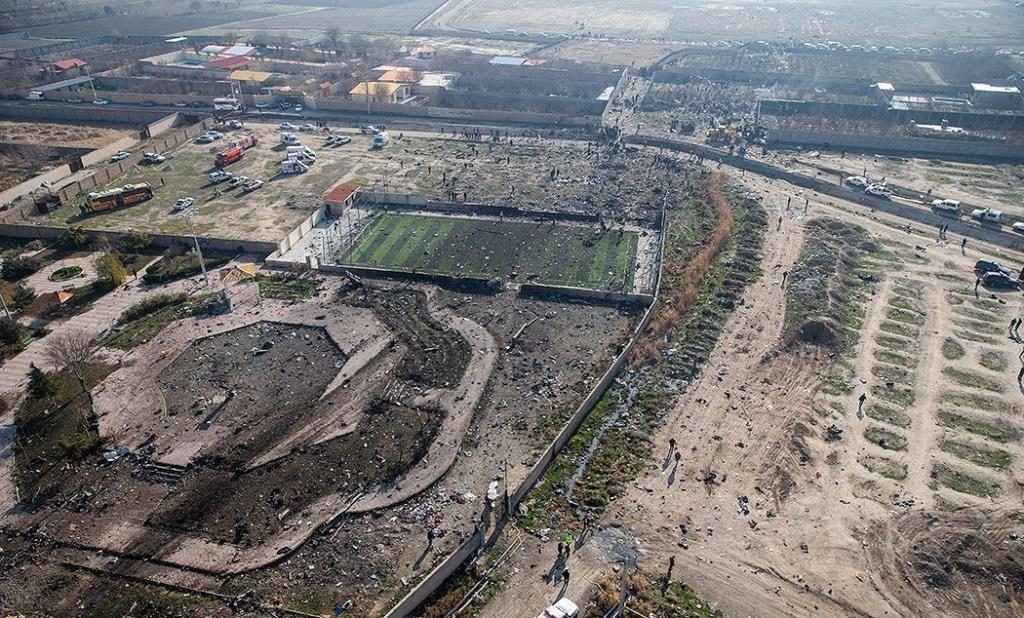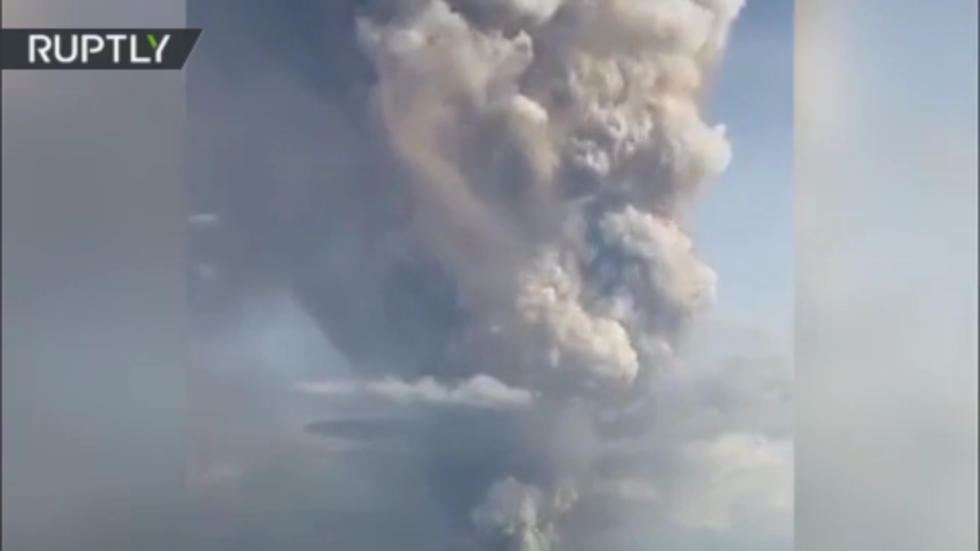As the interview went live, western media had begun
reversing the earlier US intelligence briefings on the cause of the crash of Ukrainian International Airlines UIA 752 after take-off from Tehran in the early morning of last Wednesday, January 8. The last minutes of the interview focused on the record of earlier crashes and the misinformation and official deception which had followed – Iran Air 655 in July 1988; Pan Am 103 over Lockerbie, Scotland, in December 1988; and Malaysia Airlines MH17 in eastern Ukraine, July 2014.
An official
announcement by the Iranian General Staff followed twenty-fours later. This accepted responsibility for the shooting-down of UIA 752 by an air-defence missile battery of the Islamic Revolutionary Guards Corps (IRGC). A press briefing by the IRGC commander in charge of air defence, Brigadier-General Amir-Ali Hajizadeh, followed shortly after. The text can be read
here.
His account indicates at the time of crash on Wednesday morning, he “was in the country’s west following the missile attacks operation against the US bases.” The Iranian missile attacks on the US base west of Baghdad and near Irbil, in northern Iraq, occurred in the evening hours of Tuesday and Wednesday. UIA 752 took off from Tehran hours later, just after six on Wednesday morning, at a time the Iranians were on high alert in anticipation of a US counter-strike.
UIA 752 was hit by a missile fired from an IRGC battery of short-range Tor missiles from the Bidganeh military base, west of the city, Hajizadeh said.
The base is well-known from a series of explosions of ordnance at the base in 2011. The firing position
was not the one identified by the NATO propaganda broadcaster
Bellingcat; it claimed to have located the ground source of a video clip of the missile strike filmed from a residence in Parand; Parand is 20 kilometres due south of the Bidganeh base. The missile fragment also broadcast by Bellingcat
was not the one which struck the Ukrainian aircraft.
“The plane has been hit at a low altitude by a short-range missile with a small warhead and proximity fuze,” Hajizadeh reported. “It has exploded at the proximity [of the aircraft]; so the plane has found the chance to fly for a while; it hasn’t exploded in the air. After hitting the ground, it has collapsed. So no one at the [Iran Civil] Aviation Organisation knew about it, and I should defend my dear brothers there.”
After determining from his subordinates what had happened, Hajizadeh said he informed the General Staff later on Wednesday morning and flew to Tehran. There the likelihood of an accidental missile strike on the civilian aircraft was the prevailing military assessment at that time. This
was not disclosed to the head of the Iran Civil Aviation Organisation or other Iranian civilian officials. The military investigation then “carried out the investigation in 48 hours”, according to Hajizadeh, before the high-level confirmations were issued. Foreign Minister Javad Zarif’s
announcement was made at 0705 on Saturday morning, Iran time. President Hassan Rouhani
followed at 0740.
The General Staff investigation examined whether there was electronic jamming or spoofing of the IRGC’s missile radars,
and decided this had not occurred. A
US military analyst has published this
assessment, concluding: “Under these circumstances – highest possible alarm level, current warnings of hostile cruise missiles, unknown target flying towards a presumably military objective, lack of communication, little decision time – the operator of the Tor system did what he was trained to do. As a former military officer I cannot see any fault in what the man did.”








